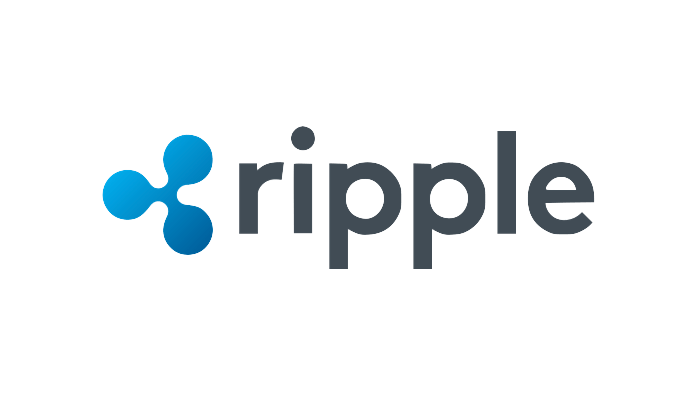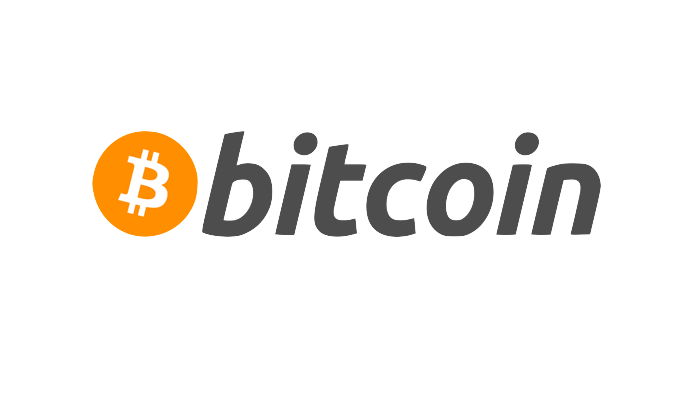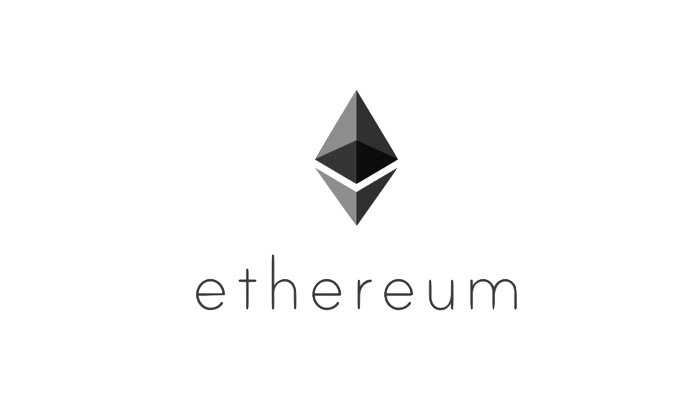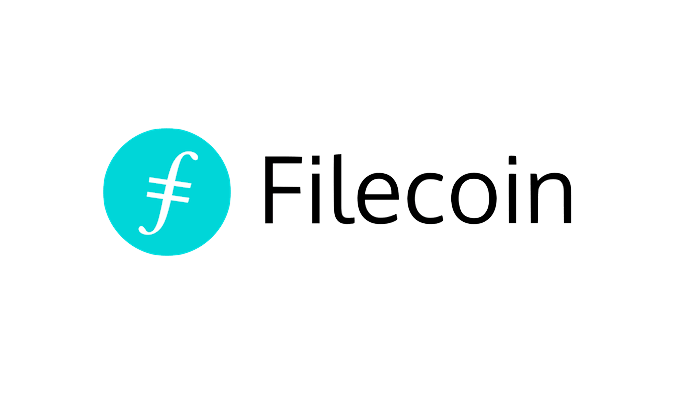
WHAT IS RIPPLE (XRP)
Traditional international transfers are, as a rule, inefficient: they can take several days and are also often associated with high fees. Ripple was founded aiming to optimize this type of transactions between banks and has become one of the most important cryptos of the moment. Ripple is actually an open source platform used to make peer-to-peer transfers, fast and between any type of currency: cryptocurrencies, fiat currencies, etc. In addition, it hosts the XRP cryptocurrency, better known as ripple. Performing a transaction through Ripple costs as little as $0.00001.
Currently, such banks as Santander, Axis Bank, Yes bank, Westpac, Union Credit, NBAD, and UBS support this project. The more banks use it as a platform to make transactions, the greater is the value of this cryptocurrency. If one day banks decide to use Ripple as their unified banking currency, those who have invested in Ripple could amass a good fortune.
How does Ripple work?
Ripple (XRP) can be exchanged for any currency or digital asset on the Ripple network. However, its use is independent of this, meaning that a user does not need XPR to transfer currencies. That is why Ripple’s value is more tied to the network and its ability to transfer assets quickly, than to cryptocurrency.
1️⃣ You make an international payment.
2️⃣ Your bank buys XRP or ripple.
3️⃣ Your bank sends the XRP to the destination bank.
4️⃣ The destination bank sells the XRP.
5️⃣ Assets are deposited to the recipient’s account.
Ripple (XRP) value
How much does a ripple (XRP) cost? The ripple is, today, one of the most important cryptocurrencies in the market, it is the fourth most quoted cryptocurrency. This token is used to transfer money through the Ripple network, acting as a mediator or wild card in the currency exchange.
While there are many cryptocurrencies that can be obtained through mining, ripples (XRP) cannot be mined. All ripple coins are pre-mined and released regularly on the market. The simplest way to get ripple is by buying it from a broker. We explain how to do this here: How to Buy Ripple.
LEARN MORE ABOUT RIPPLE (XRP)
Bitcoin vs. Ripple
➡️ Objective: Bitcoin was developed as an alternative to the current payment system, decentralized and peer-to-peer. However, Ripple is looking to improve the current bank-to-bank payment system, rather than replace it.
➡️ Technology: Bitcoin is based on blockchain, while Ripple uses its own technology, known as RPCA (Ripple Protocol Consensus Algorithm).
➡️ Mining: While in Bitcoin ,there are miners that verify transactions and issue new bitcoins to the blockchain network, in Ripple there are no miners, but a unique distributed consensus mechanism that validates transactions. XRPs are “pre-mined”.
➡️ Issuing: Bitcoin will issue 12 million total units, while Ripple will issue 100 billion. This prevents inflation.
➡️ Transaction time: Bitcoin can handle three to six transactions per second, while Ripple can handle 1,500 transactions per second and scale up to 50,000 transactions per second.
Who is behind Ripple?
While Ripple was conceived in 2004, the idea didn’t take hold until 2013, when Jed McCaleb, a programmer and an entrepreneur, presented the project to a group of investors, including Chris Larsen, an angel investor and the richest crypto investor in the world.
What is and how does the Ripple Protocol Consensus Algorithm (RPCA) work?
As we noted earlier, Ripple is not based on blockchain. Instead, it has its own proprietary technology: the Ripple Protocol Consensus Algorithm (RPCA). Consensus applies to agreement across all nodes.
What are Ripples for?
✅ To exchange currencies for a low commission. Currently, there are many currencies that cannot be converted to each other and banks use the US dollar to mediate this exchange, which doubles the commission of the operation. Ripple takes this role as a mediator and, moreover, it is cheaper than the US dollar.
✅ For fast international transactions. The time is 4 seconds, as opposed to as much as an hour, which is what it takes for Bitcoin, or days, in case of the banking systems.
✅ As a payment ecosystem. To create new currencies and make fast and cheap transactions with them.
Some criticism about Ripple
❎ Its protocol is too centralized, while cryptocurrencies are used with the aim of avoiding centralization and control. Ripple, however, is a currency designed to solve banking issues. An example of this lack of decentralization is the following: as all the ripples are already pre-mined, developers can decide when and how much to release. This means that investing into Ripple is like investing into a bank. On the other hand, transactions in Ripple can be frozen, something that goes totally against the basic principles of cryptocurrencies.
❎ It can be considered a monopoly, as Ripple Labs owns 61% of the coins.
❎ While there are already banks that use Ripple, they use real money in transactions, instead of ripples. Therefore, it is not known to which extent the banks are involved.











